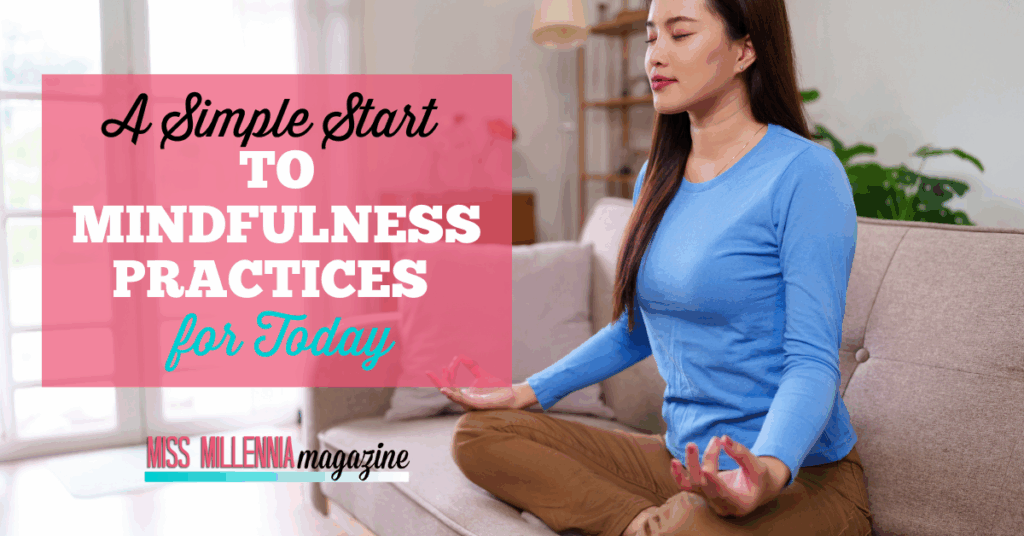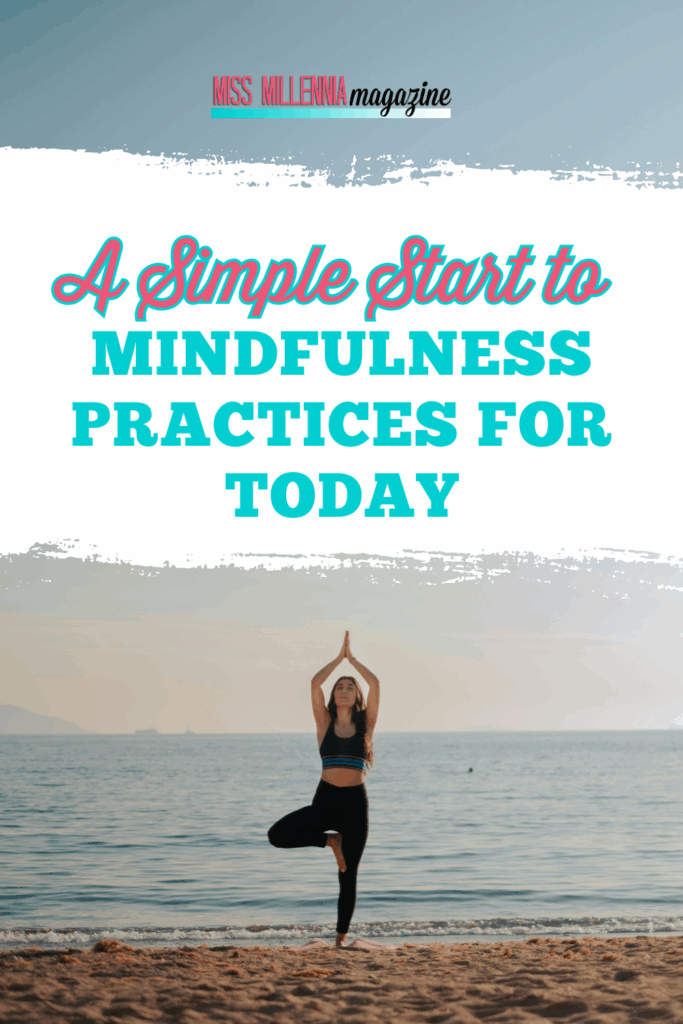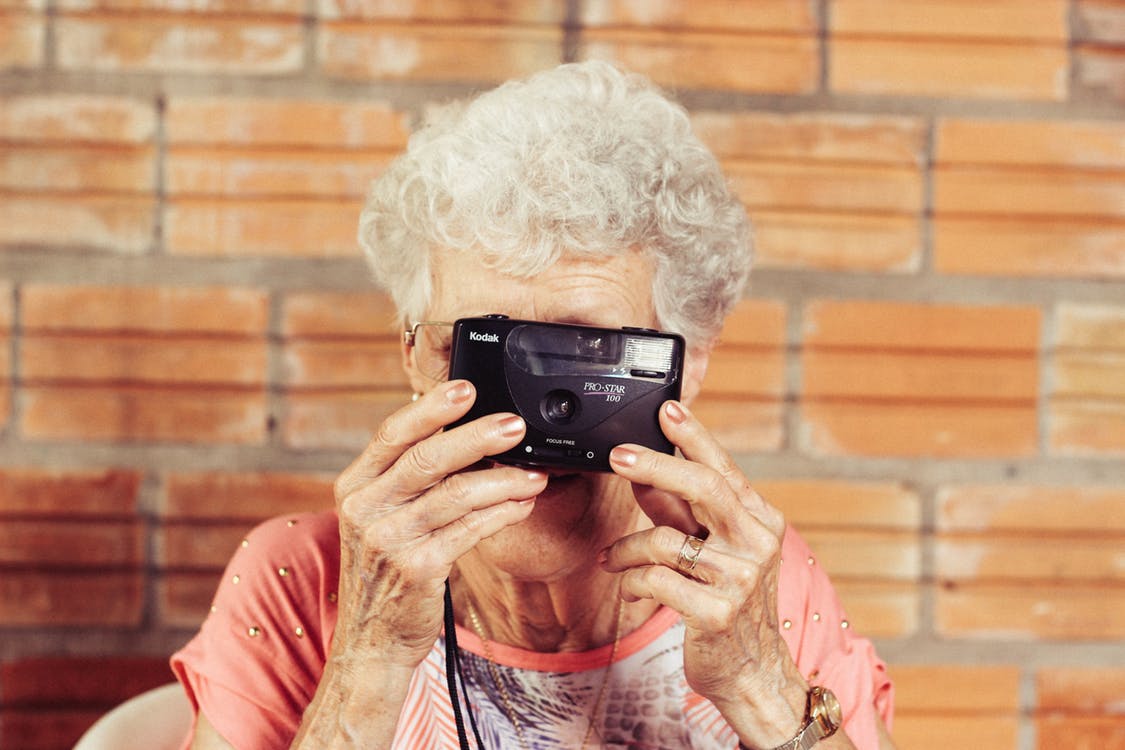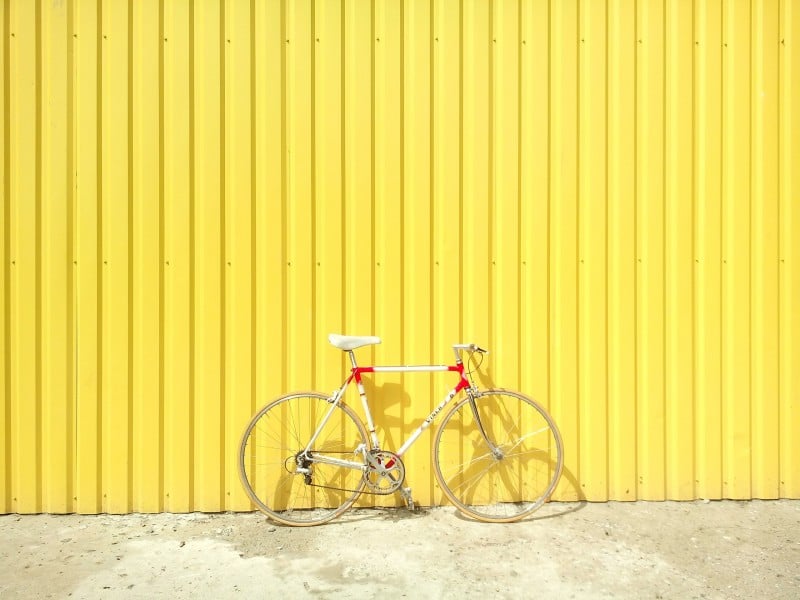A Simple Start to Mindfulness Practices for Today

Mindfulness practices today can seem like just another item on a long to-do list. Life rolls fast, and slowing down is not always an option. But starting small—right where you already are—might be the most practical way to make mindfulness part of everyday life.
It does not need to look like sitting cross-legged for an hour. You do not need ocean sounds or special journals. Mindfulness can begin in a regular moment, when your hands are full and your mind is halfway between tasks. The key is keeping things simple and letting them fit naturally into your day as it already is.
What Mindfulness Really Means in Everyday Life
Mindfulness is really just paying attention to this moment. That is all. No extra layers, no big explanations. It is about noticing what is happening right now, both inside and around you, without rushing to the next thing.
You are probably already practicing moments of mindfulness without trying. That pause when you step outside and feel the chill in the air, the deeper breath you take before hitting “send” on a stressful email, or your focus sharpening while you try out a new recipe—these can all be mindful moments. Mindfulness can show up in different ways. Some people focus on their breath, others listen to the sounds around them, and some watch their thoughts as they move.
Every day, mindfulness starts with just noticing. The more we build that awareness into small, daily things, the more familiar and natural it becomes.
Miss Millennia Magazine often shares practical ways to fit mindfulness into busy schedules, from quick breathing exercises to mindful walking tips.
Easy Places to Start Without Changing Your Whole Day
You do not need a whole hour or special equipment to get started. Mindfulness practices today work best when they slide right into what you are already doing. Simple acts can create small breaks for your mind and help you feel more settled.
Here are some easy ways to begin:
– Take a single, slow breath before you open your laptop for the day. Notice how it feels to inhale fully, then let it out, before starting tasks.
– Pause for just a second before every meal. There is no need to draw it out—notice how you feel and what is on your plate.
– Walk at your own natural pace and leave your phone tucked away. Pay attention to your steps, the sounds nearby, or the air moving around you.
These simple shifts do not add work or chores to your list. Instead, they bring a little more presence to your everyday routines. Mindfulness is not a task to check off—it is a way to notice and stay present with what is happening.
Making Mindfulness Part of Your Fall Routine
Fall naturally invites slower moments. The temperature cools, the light softens earlier, and daily routines begin to settle after the buzz of summer. It is a gentle season for adding small mindfulness practices to these changes.
You might try sipping your morning tea or coffee by the window for a few minutes longer and savoring the quiet at the start of your day. During a walk, let yourself notice how the air feels cooler and the leaves start to change. Even a few lines in a journal before bed can help you see and settle your thoughts as you wind down.
Fall is not about making significant changes. It is about letting the season nudge you to check in with yourself. These moments do not last forever, either, so they can feel extra special when we make room for them.
Miss Millennia Magazine includes articles on seasonal self-care and staying grounded as routines shift, offering realistic advice for balancing life in the busy months.
Letting Go of “Perfect” and Focusing on Progress
One big myth about mindfulness is that you need to do it perfectly for it to work. You do not. Minds wander, and it is normal to miss a day or even a week. The truth is, progress shows up in tiny ways—not in flawless sessions or moments of perfect calm.
Some days, you might drift and forget. Others, your mind may jump from one thought to the next. None of that is wrong. The practice is in noticing when you get distracted, and gently guiding yourself back when you can.
It helps to meet your mind with curiosity, not criticism. If you bring yourself back, even once, that is the practice working. Being gentle with yourself—especially on messy days—is a big part of making mindfulness stick. There is no “right” way to do it, and that makes it much easier to keep going.
Finding Calm in the Middle of It All
Most of us do not get more free time just because we want it. But even a few minutes of mindfulness can help you find calm in the middle of your busiest days. One deep breath before a call, a slow walk to clear your head, or turning off your phone for a few minutes before bed—these do not fix everything, but they can shift your mood in small, lasting ways.
When mindfulness starts naturally and stays simple, it is easier to make it a habit. Each time you pay attention, you build a little more strength in noticing what matters. Mindfulness is less about doing more and more and more about tuning in to where you are now.
You do not have to change your whole life. You really have to start with a single moment, wherever you are, and let mindfulness practices today grow from there. That is where most good habits begin.
If steady habits and grounded routines feel hard to pin down lately, you’re not alone. We’ve shared even more ways to reconnect with yourself through everyday actions that go beyond just slowing down. For more about what that can look like, especially when you’re craving real-life support, check out our thoughts on mindfulness practices today. At Miss Millennia Magazine, we’re always thinking about how to create space for what matters most.







